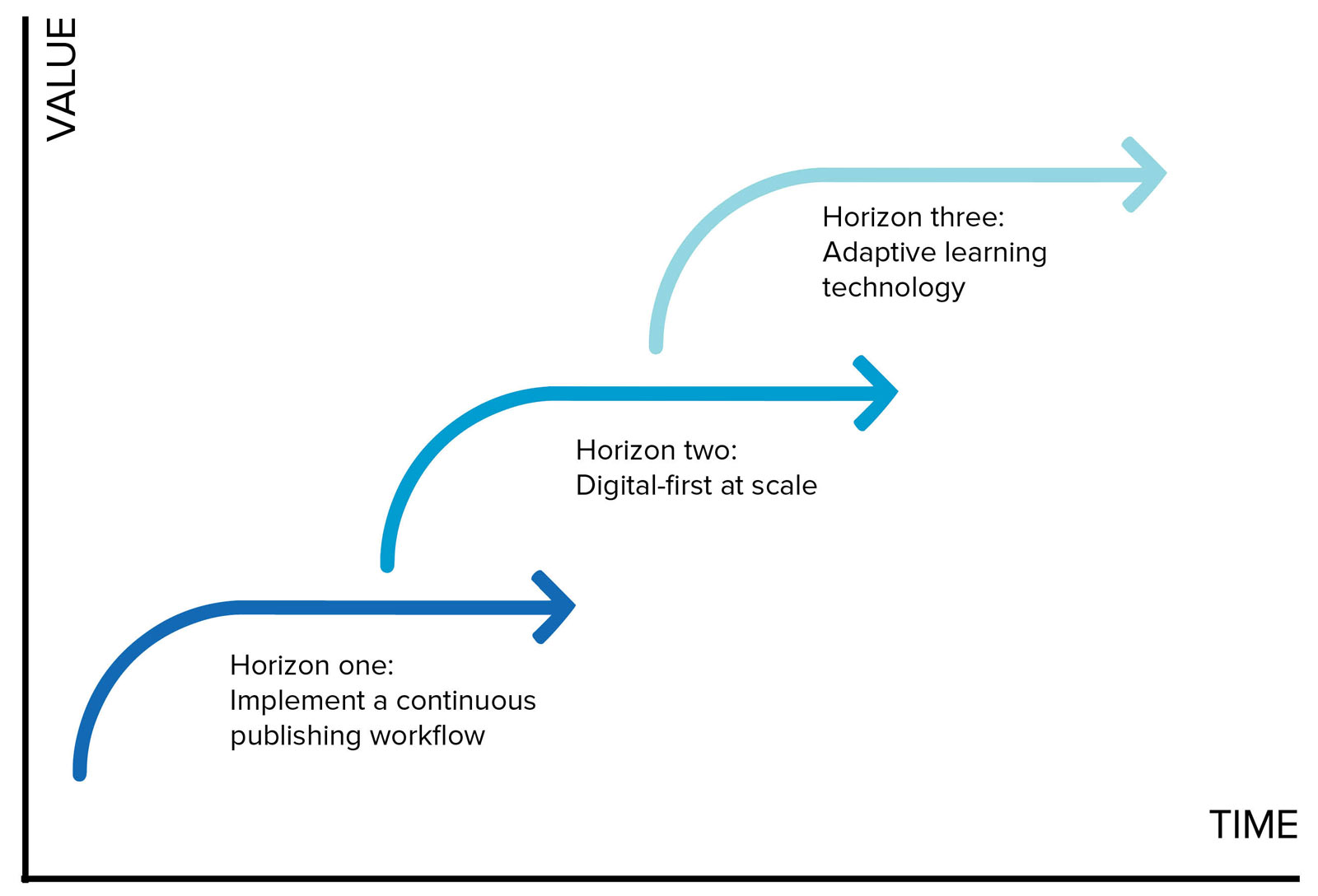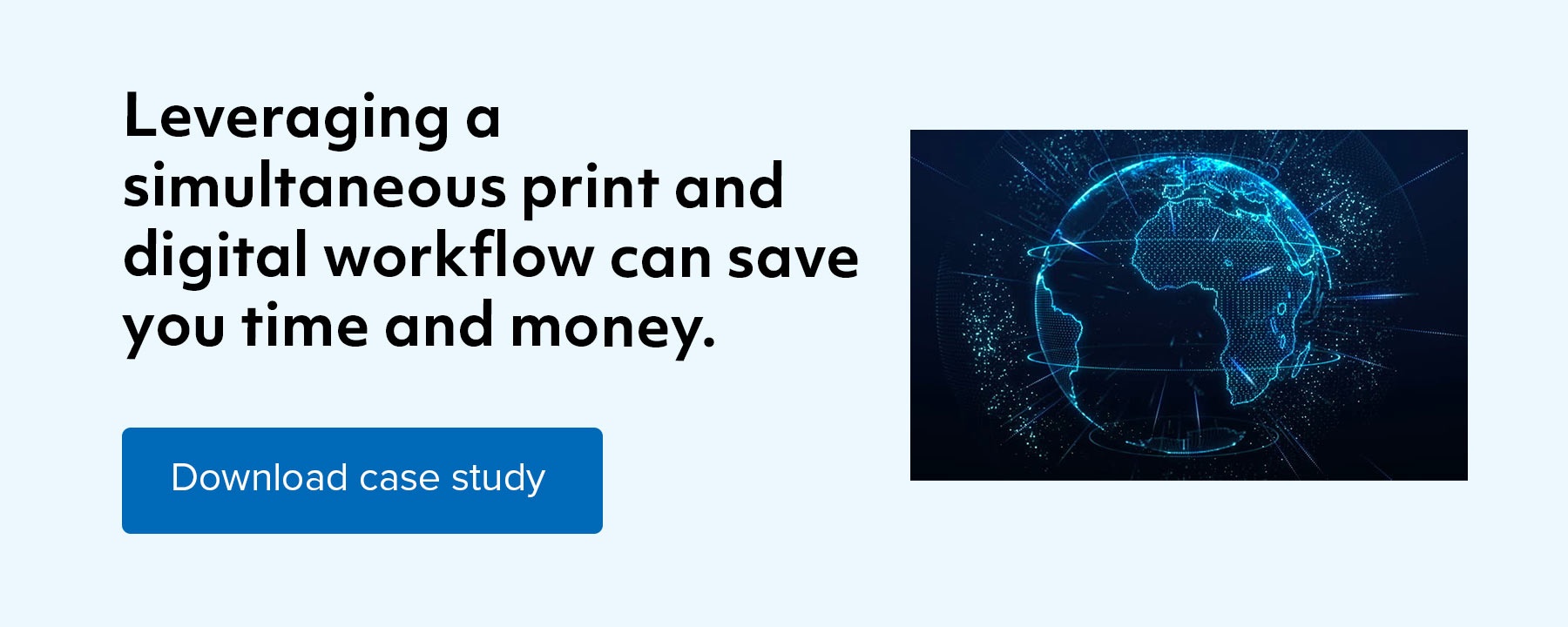The “three horizons” framework arose from a years-long McKinsey & Company project, and continues to offer a relevant growth strategy for evaluating and managing both current and future business opportunities.
Under this framework, the first horizon focuses on maximizing profits from an organization’s core business (so, if you are a donut shop owner, what is the best way to realize the most value making and selling donuts?); the second horizon attends to emerging growth opportunities, such as entrepreneurial ventures (let’s open more donut shops!); and the third horizon focuses on longer range initiatives such as new investments and research (let’s create a calorie-free donut!). The theory of the three horizons is that management and development of these opportunities should not be viewed as a progression, but must occur concurrently for successful and sustainable growth.
The Harvard Business Review points out that, as originally conceived, the three horizons framework assigned relative delivery times to each horizon - assuming, for example, that horizon three deployment was months or even years out. Advances in technology have drastically changed the landscape and today many disruptions can be rapidly implemented by repurposing existing horizon one technologies into new products or business models.
Prior to the pandemic, many content creation and learning organizations had not yet embraced digital technology or had opted for temporary solutions. It is clear now that online learning and training is here to stay and both short and long-term strategies will be critical to success. Despite the current crisis, it’s important not to be overwhelmed with horizon one management and neglect opportunities in the other two horizons. Smart leaders will look for technology that provides tactical wins to support first horizon growth but also has the flexibility and capacity to support future initiatives.
Publishers, educators, learning companies and other content creators face big challenges in the Covid age. They must upscale the way remote teams collaborate by leveraging and organizing all available content under one unified platform with smart user and metadata management. This will drastically reduce errors, decrease time to market and yield significant savings. Furthermore, technology that allows them to easily leverage legacy assets to update or modify existing content is an easy way to innovate. A good content management platform incorporates content reuse tools such as meta-tagging, audience tagging and derived projects. Ensuring facile distribution of this content to any end user in any form - both print and digital - will further streamline efficiencies.
An end-to-end platform that does all of these things is great news for organizations whose horizon one business is content creation. All the tools are there for digital collaboration by a distributed team to author and edit, whether that is to produce original content or leverage legacy content to create new products.
But in order to innovate and grow their businesses - and, realistically, survive - it is imperative that those same organizations keep an eye on the other two horizons even as they optimize operations in the first. They must implement technology now that can be repurposed to support rapid innovation at any point in the future.
 An example of the three horizons framework applied to the publishing industry.
An example of the three horizons framework applied to the publishing industry.
Perhaps reaching new types of users through new distribution channels is a horizon two goal. A forward-thinking leader will choose a content management platform that also supports agile mobile app creation, deployment to LMSs or the creation of subscription services, for example. Similarly, if an organization sees a future in adaptive learning, the platform it chooses should be flexible enough to quickly integrate with back-end adaptive technology.
The pandemic crisis has created a sense of urgency for organizations to “go digital” quickly in order to compete, but it is important for content creators to think beyond today as they begin their digital transformations. Smart leaders will make a strategic technology platform choice that not only allows them to improve the way they create content to maximum ROI now, but provides the types of tools they will need to realize long-range innovation for years to come.








Leave a comment